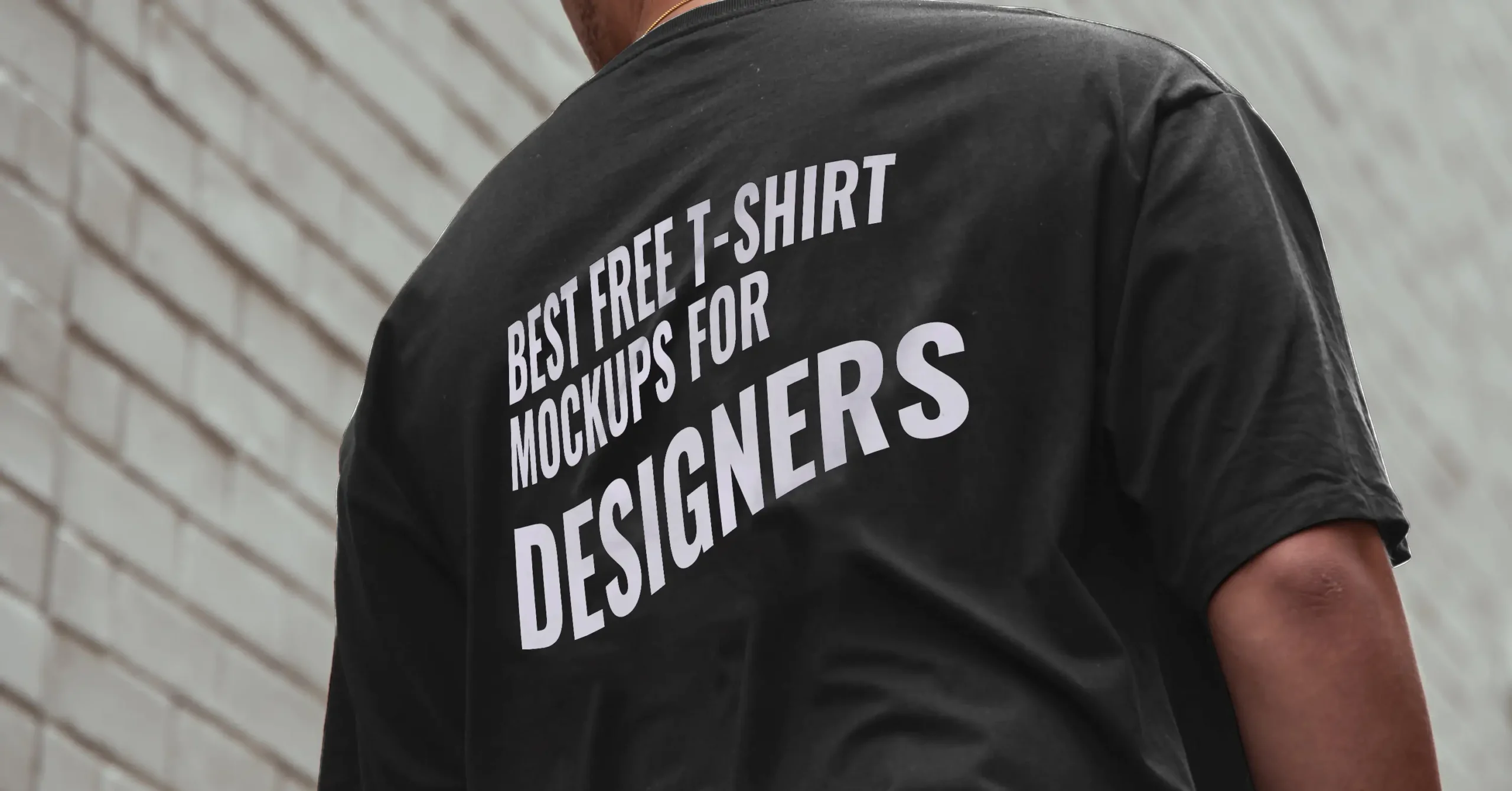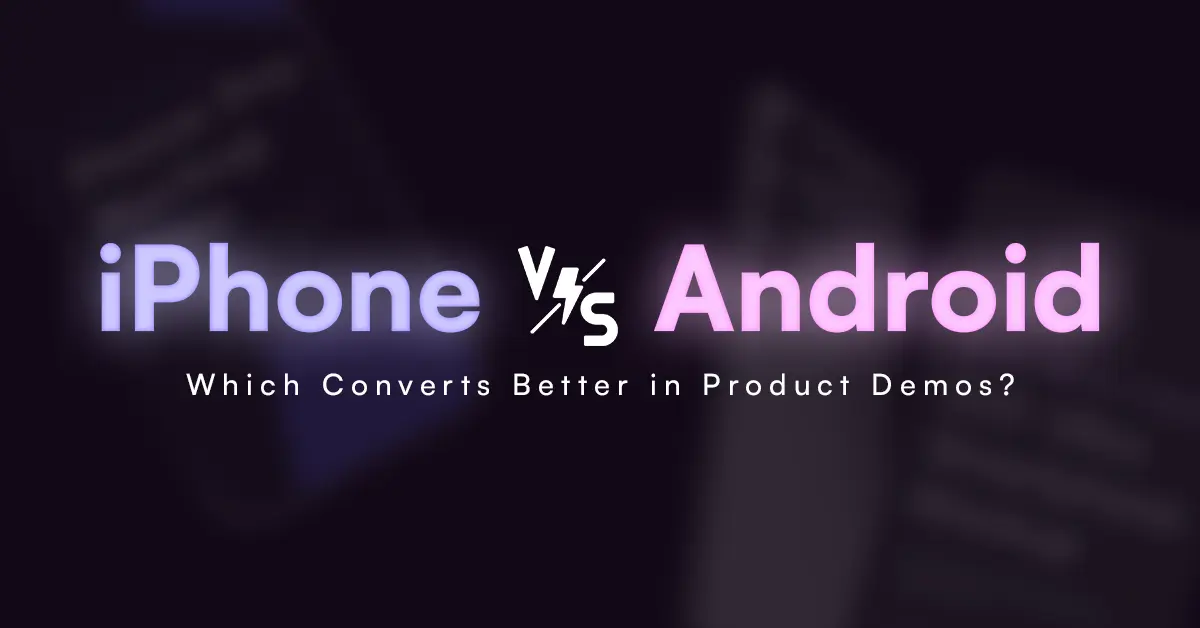The design industry is undergoing a major shift, and at the center of it is artificial intelligence (AI). Once considered a futuristic concept, AI is now woven into the day-to-day lives of designers—streamlining processes, enhancing creativity, and transforming the way visuals are brought to life.
Whether you’re into branding, UI/UX, motion graphics, or social media design, AI is reshaping how we work—and it’s happening fast.
1. From Blank Page to First Draft—Faster
AI can eliminate creative block by helping you start. Instead of staring at a blank canvas, tools now generate:
Layout ideas
Color palettes
Font combinations
Visual references based on your input
Tools to try:
Khroma: Learns your favorite colors and generates smart palettes
Canva Magic Design: Suggests layouts and visuals based on your content
Uizard: Converts hand-drawn wireframes into polished UI designs
It’s like having a design assistant that understands your creative intent.
2. Smart Design Recommendations
AI can now make real-time suggestions while you work—like adjusting contrast for better readability, recommending accessible fonts, or auto-aligning elements.
Example:
Adobe Sensei, integrated into Creative Cloud, offers intelligent features like subject selection, color match, and auto-tagging.
This helps designers create more refined, user-friendly, and professional work without second-guessing every detail.
3. Automating Repetitive Tasks
Some design work is essential—but repetitive. AI handles:
Background removal
Image resizing
Naming and organizing layers
Generating multiple content sizes for platforms
Popular tools:
Remove.bg – Instantly removes backgrounds from images
RunwayML– AI-powered video editing and enhancement
Designify – Smart image cleanup and optimization
This frees up time to focus on creative thinking and storytelling.
4. Creating Personalized Designs at Scale
AI allows you to generate hundreds of personalized graphics—great for marketing campaigns, ecommerce, or social content.
Example:
Tools like Bannerbear let you connect a spreadsheet of names, quotes, or data to a visual template, and the AI outputs hundreds of personalized versions—automatically.
5. AI Isn’t Just a Tool—It’s a Collaborator
What’s exciting is how AI is evolving into more than a feature—it’s becoming a creative partner that learns from your style and suggests next steps.
We’re already seeing tools that:
Adapt to your brand aesthetic
Predict design trends
Recommend layouts based on your audience
Generate creative alternatives based on minimal input
In the future, expect real-time collaboration, adaptive UI tools, and even voice-controlled design interfaces.
Final Thoughts
AI is not the end of design—it’s the next chapter.
Designers who embrace AI are finding new levels of speed, efficiency, and creative exploration. It removes the friction of manual tasks and opens the door for more strategic and emotionally driven work.
In short: AI lets you do what you do best—create—with more freedom than ever before.
Frequently Asked Questions
1. Will AI replace designers?
No. AI is a tool that supports designers, not replaces them. While it automates repetitive tasks, the human touch—creativity, emotion, and storytelling—remains irreplaceable.
2. What are the best AI tools for everyday design work?
Some standout tools include:
Khroma for smart color palettes
Uizard for UI/UX prototyping
RunwayML for video editing
Remove.bg for fast background removal
Canva Magic Design for quick layout generation
3. Do I need coding knowledge to use AI design tools?
Not at all. Most AI design tools are no-code and user-friendly, designed for creatives of all skill levels. You can start using them right away with drag-and-drop simplicity.



